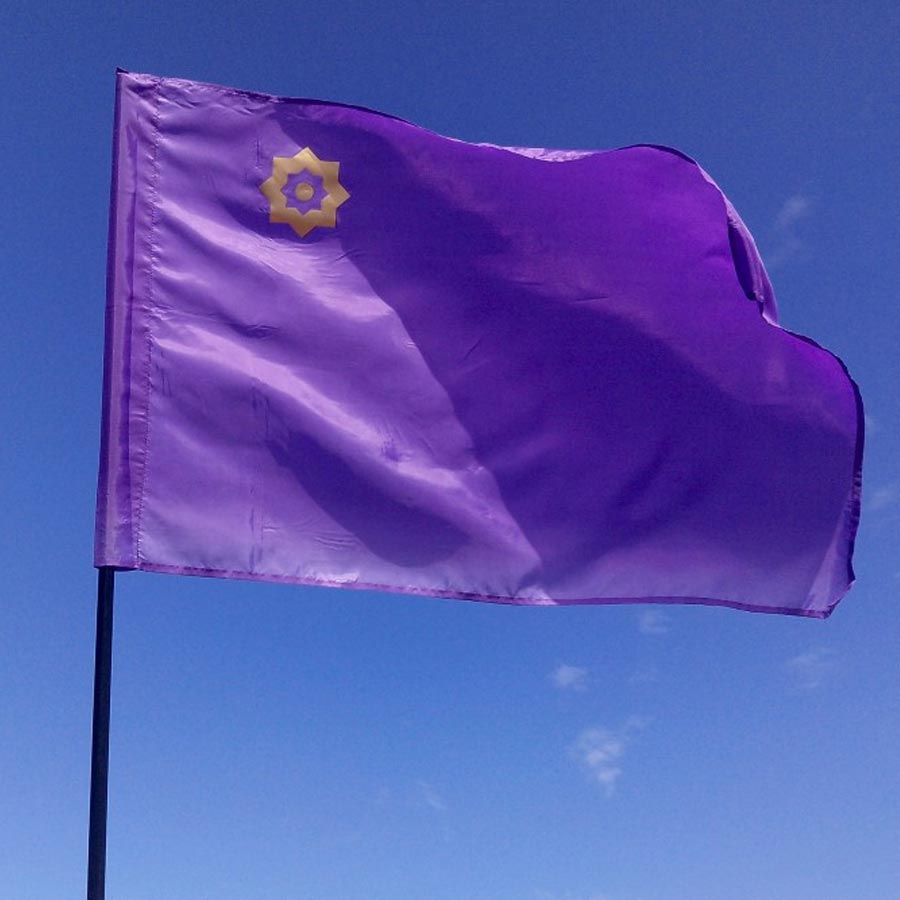Despite its beauty and popularity, purple is surprisingly absent from the flags of all countries. Why is this the case?
Historically, purple was incredibly rare and expensive. Until the 19th century, its cost was so high that it exceeded the price of gold. Over the centuries, purple has been associated with wealth and power, and was accessible only to a select few, including Queen Elizabeth I, who even enacted a law prohibiting most people from wearing purple.
This color was derived from a rare dye obtained from sea snails found only in the region of Tyre (modern-day southern Lebanon). The process of extracting the dye was laborious and costly: to obtain just one gram of pigment, over 10,000 snails were required. These snails are no longer found in nature, making purple even more valuable.
The Roman Emperor Aurelian even forbade his wife from buying purple garments because the dye was three times more expensive than its weight in gold. Given such costs, it’s no surprise that no country could afford to use purple on its flag.
Thus, despite its appeal and symbolic significance, purple remains an exclusive privilege for the wealthy and powerful, and its extraordinary cost made it impractical for national symbols.


















